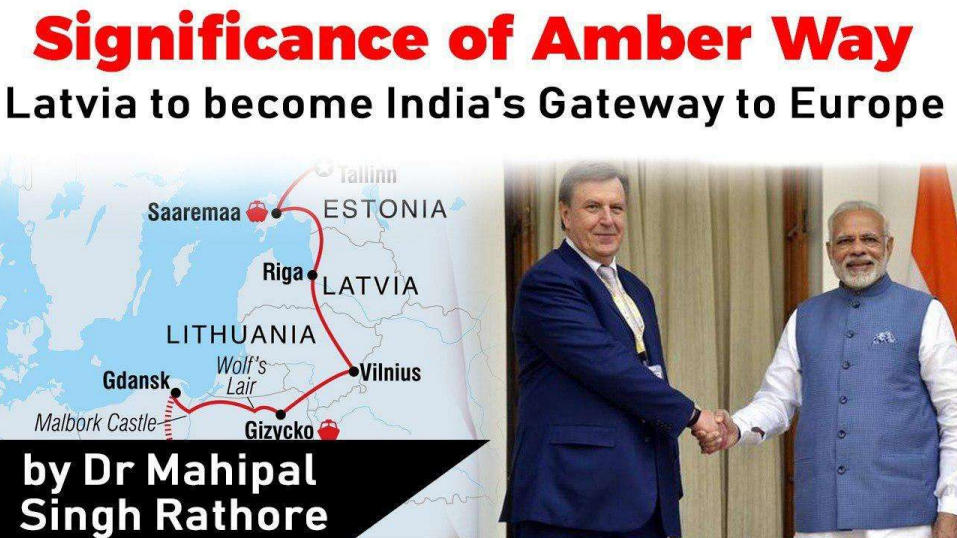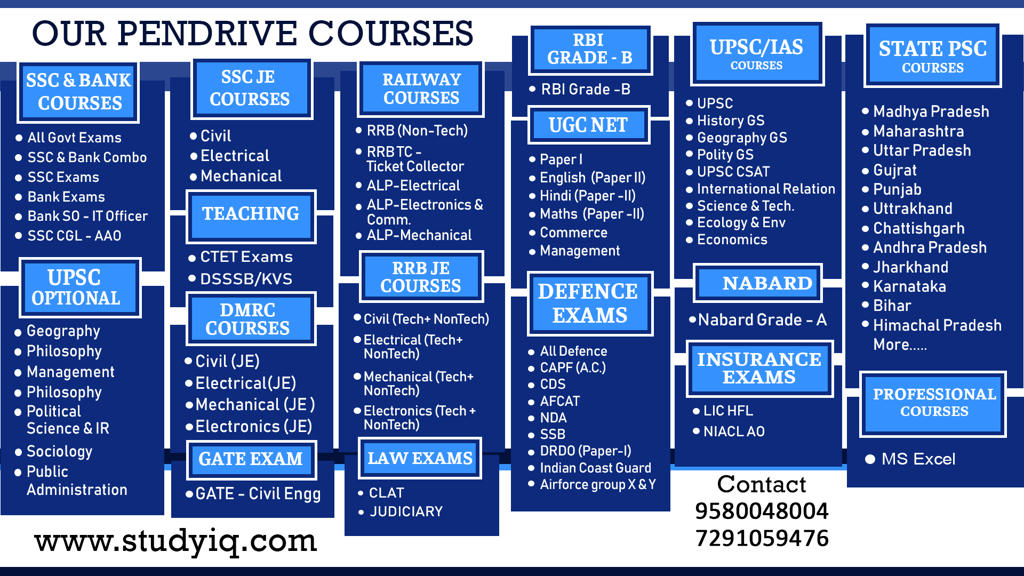Table of Contents


- India is keen to push the International North-South Transport Corridor project that aims to link the Indian Ocean with the Baltic Sea and provide seamless connectivity.
- Visit of Vice President to Lithuania, Latvia and Estonia (August 17-21, 2019)
- India and Latvia have been historically linked by the ancient route called “The Amber Way“
What is Amber?
- “The gold of the north“
- Amber is fossilized tree resin, which has been appreciated for its colour and natural beauty since Neolithic times
- Much valued from antiquity to the present as a gemstone, amber is made into a variety of decorative objects
- The resinous gemstone made it all the way to Egypt, Syria and all around the Mediterranean coast
- Adorning the breast ornament of Tutankhamen.


What is Amber way?
- The Amber Road was an ancient trade route for the transfer of amber from coastal areas of the North Sea and the Baltic Sea to the Mediterranean Sea.
- Over a period of thousands of years a key route developed between Venice and St. Petersburg for transporting amber through the ancient world.

- Amber was transported From
- North Sea and Baltic Sea coasts overland by way of the Vistula and Dnieper river To Italy, Greece, the Black Sea, Syria and Egypt

- People have been trading since Neolithic times.
- Northern Europe had Amber but no salt.
- Salt from the salt mines of Central Europe was exchanged with amber from the Baltic shores.
- It was then sold to Mediterranean peoples.
- This trade intensified when the Roman Empire expanded north of the Alps.
- In some Roman cities the fabrication of amber art wares reached almost industrial proportions.
The International North–South Transport Corridor (INSTC)
- The International North–South Transport Corridor is a multimode network of transport for moving freight
- 7,200-km-long
- Using – ship, rail, and road route
- Between India, Iran, Afghanistan, Armenia, Azerbaijan, Russi a, Central Asia and Europe.




- The North-South Transport Corridor project would help Asian and European countries transport their cargo through the Corridor at double speed compared to the Suez canal.
- It is thought to be the most suitable route for transit traffic between Asia and Europe as only a few countries exist along the route, which means fewer border crossings, and easier for the countries to reach agreements.
Where does Latvia fit in?
-
- Exports to Baltic states are difficult due to the 16,129 kmlong-sea route that takes about 35 days via traditional route.
- This makes Indian exports costlier and less competitive in the European markets.
- Latvia connects the Baltic region AND Russia with the rest of Europe + Central Asia.
RIGA PORT
- Ice-free


- The new “Rail Baltica” project, a trans-European rail project to connect the Baltic states to the existing European rail network, would be an advantage for India.
- Rail Baltica is one of the European Union’s priority projects and falls under the Trans-European Transport Network (TEN-T).

INSTC – Advantage Latvia
- Ice free ports + Well-developed rail and road network would help Indian exports reach these (Europe+Russia) markets faster and cheaper via Riga.
- The new trade route is expected to reduce transit time by 40 % and carriage cost by 30 % between Mumbai(JNPT) and Riga
- Will take ~15 days
Latest Burning Issues | Free PDF






















 WhatsApp
WhatsApp